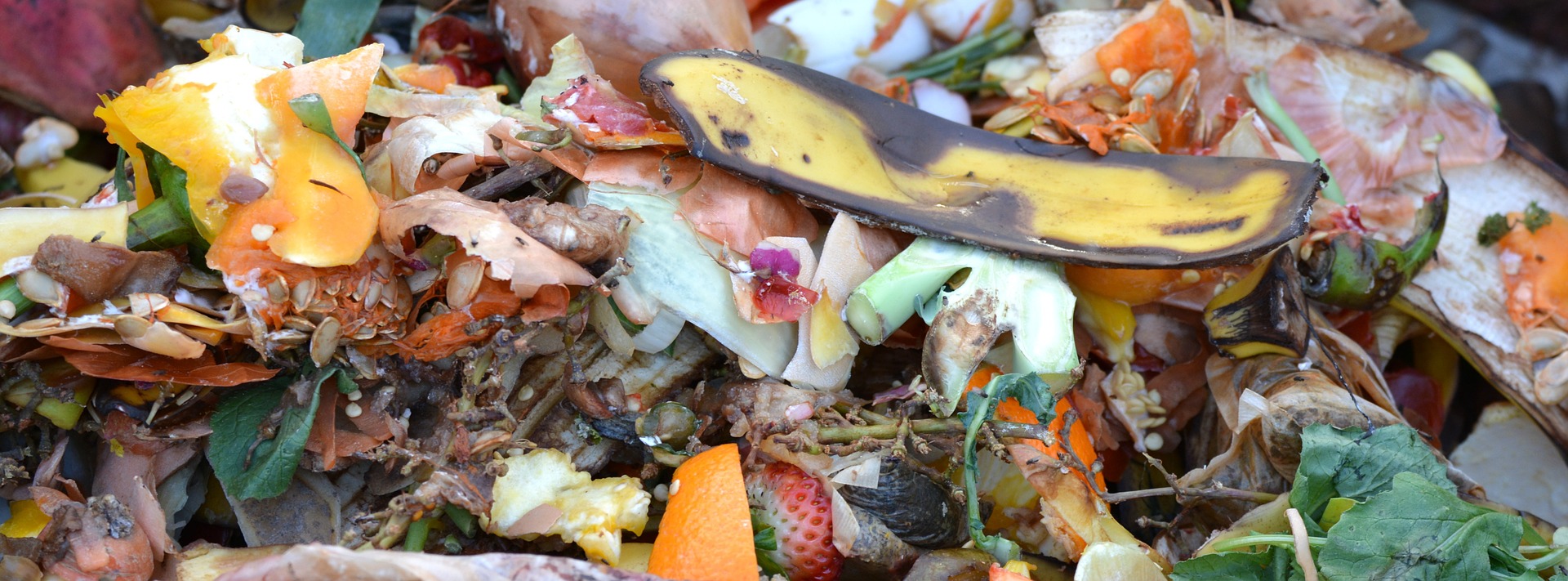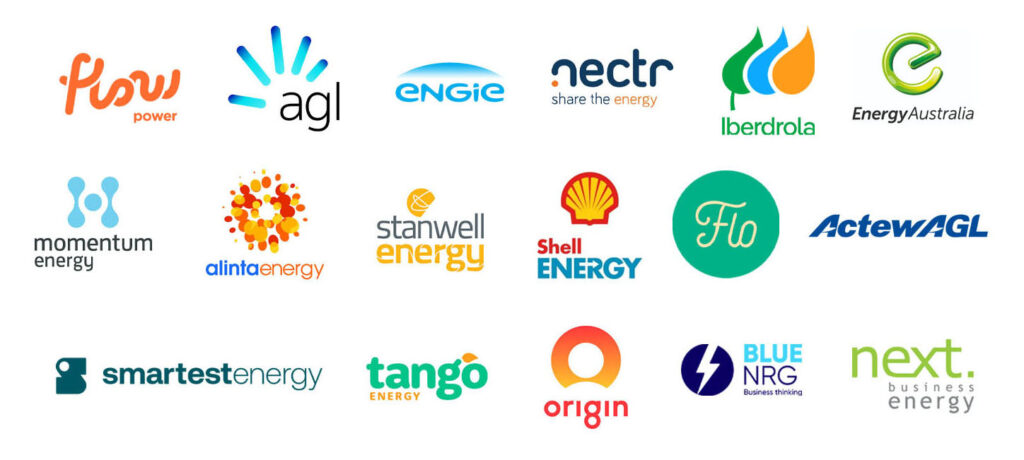Biogas is a renewable fuel that is produced when organic waste such as leftover food and animal waste is broken down by bacteria which can be burned to generate electricity.
Biogas can also be used to power vehicles and for heating and cooking purposes.
Biogas makes up 1.4 percent of Australia’s energy mix, but it has huge potential to not only create renewable energy but also act as a greenhouse gas abatement measure.
Biogas does require another step to turn it into biomethane through purification processes to separate the methane from other trace gases before it can be used in a power plant.
Existing gas power plants do not need conversion and biomethane can also be piped in using existing infrastructure.
Once the gas is burned off, the heat produced in the process is used to convert water into steam, which then powers a turbine and creates electricity.
Put very simply, biogas power generation literally means creating electricity out of our own rubbish.
Organic waste creates the most harmful greenhouse gas

When organic waste decomposes it breaks down into methane, which is the most harmful greenhouse gas. Methane is 80 times more efficient at trapping heat in the earth’s atmosphere over a 20 year period than carbon dioxide.
Carbon dioxide makes up 80 percent of greenhouse gasses in the atmosphere.
Methane only makes up 10 percent of the total but accounts for 25 percent of all global warming caused by human activities.
Australian Organic Waste 2020
- 15.3 million tonnes generated
- 20% of total waste
- 42% was sent for recycling
- 45% was sent to landfill
- 37% was food organic waste
Almost all waste creates methane as a byproduct, which is released into the atmosphere if left untreated.
The good news is that waste can be turned into biogas in a controlled environment which reduces greenhouse gas emissions and creates a renewable fuel that can be used to generate power. It’s a win-win situation.
China, the UK, and the US are the world leaders in biogas generation, but Australia has massive potential.
At present, renewable energy makes up 27 percent of Australia’s energy mix (2021), and 5 percent of that is biogas.
The Australian Renewable Energy Agency was expected to present its Biogas Roadmap to the Federal Government late in 2020.
In a 2018 report, Deloitte estimated that if it reached its full potential, biogas could generate up to 9 percent of Australia’s energy demand with 90,000 biogas plants around the country.
At the last count, there were 242 in the whole of Australia.
How does it work?
When organic waste is broken down in a sealed vat or pool in the absence of oxygen, microorganisms and bacteria break it down in a process called anaerobic digestion.
Literally, anything that can decompose can be used to make biogas including animal manure, abattoir remains, household rubbish, food scraps, plant material, and even sewage.
Biogas is most commonly known as biomethane, but it goes by many names including marsh gas, sewer gas, compost gas and swamp gas.
Biogas consists mainly of methane and carbon dioxide with trace amounts of hydrogen sulphide, siloxanes, and some moisture.
The production process also creates a compost-like compound which is useful in agriculture.
What are the benefits of biogas power generation?
Biomethane is a very easy fuel to use to generate electricity. No conversion is required to gas turbines to burn it, meaning that existing gas plants can be fuelled by biogas that is piped in using existing infrastructure.
Apart from being a cost-effective fuel, emissions from burning biogas are minuscule compared to coal and oil.
As mentioned earlier, the actual production process of the gas itself captures methane that would otherwise be released into the atmosphere.
If it is compressed it can also be used as a vehicle fuel, further reducing CO2 emissions. If it is cleaned and upgraded slightly, it can also be used as a fuel for cooking and heating homes and offices.
It can also be used as a fuel to drive small turbines to create electricity onsite. By creating and using biogas, you can also set your business on a path to net zero.
How can I sell excess electricity generated from biogas?
What can I do with my Biogas? – Use it, store it or sell it. Most customers will simply use their biogas on-site.
Another option is to store excess energy in a battery for use at another time.
One of the new and exciting customer options is to sell generation into the wholesale market rather than self-consume it.
Typically this happens when wholesale prices are much higher than your contracted energy rates.
Small Generation Aggregation services are approved by the Australian Energy Market Operator.
An SGA can aggregate small generating units that are less than 5MW each.
By pooling together the generating capacity of many smaller systems, each SGA acts as one big generator and can participate in the market when energy is needed most.
SGAs are perfect for C&I sites with competitive energy rates and generation above 100KW.
South Street Energy is one such SGA that services a wide range of businesses including councils, piggeries, manufacturers, food processing plants and breweries.
South Street Energy compares the energy rate from your retailer to the wholesale market rate. If the wholesale market rate is cheaper, you self-consume like normal.
If the wholesale rate is higher, South Street Energy will sell on your behalf. The extra value created is approximately $120 per KW of installed biogas.
Is your business a good fit for biogas generation?
Some businesses and industries are perfect for biogas generation.
Drop us an email at info@leadingedgeenergy.com.au or call us on 1300-852-770 for an obligation-free consultation and let’s talk about how you can set up biogas electricity generation and sell the excess back into the grid.
We source, analyse, compare and rank commercial, industrial and multisite energy quotes. Obligation Free.
Chat with one of our experienced consultants today and get the insights your business needs to help manage the risks associated with volatile electricity and natural gas markets. Our energy procurement service is obligation-free and provides a time-saving way of securing lower energy rates from our panel of energy retailers.















